Fading generation deserves fitting Anzac Day tribute

Every Anzac Day, The Ode reminds us: “At the going down of the sun and in the morning, we will remember them.” Yet Australia has very few Anzac Day commemorations to mark the sunset.
Many Australians recognise the dawn as marking the time of the arrival of the first Anzacs at Gallipoli. However, it is not as widely known that by sunset on that first tragic day at Gallipoli more than 650 Australians had already perished.
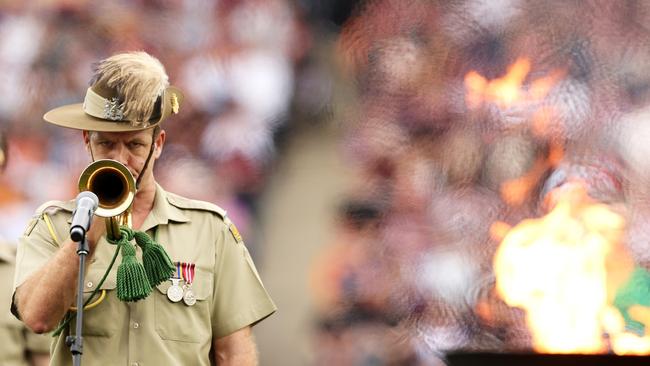
More than 90,000 Australians usually gather at the MCG on Anzac Day for the Essendon v Collingwood game. It’s the largest stadium in the country, yet the MCG has fewer seats than the number of Australians who have died serving our nation. More than 103,000 brave Australians made the ultimate sacrifice for our freedoms. More than 200,000 also were wounded. In total more than 1.5 million Australians have served.
Twenty years ago, the death of the final surviving Anzacs and veterans from World War I was widely commemorated across the country. More recently, there were many significant commemorations to mark the centenary of World War I and particularly the Gallipoli centenary in 2015.
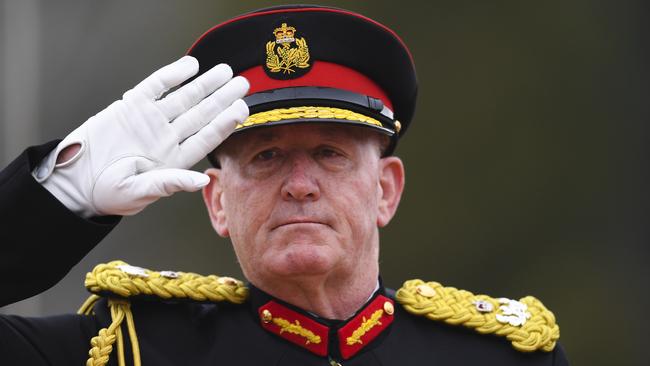
Australia’s final remaining veterans from World War II are now in their mid-90s or older. There are very few World War II veterans who are still able to participate in the march on Anzac Day. Unfortunately, the diminishing number of World War II veterans has not received wide public attention in Australia, overshadowed first by the Gallipoli centenary in 1915 (which was the same year as the 70th anniversary of the end of World War II). Then in 2020 Australians were in Covid-19 lockdown when there otherwise would have been commemorations of the 75th anniversary of the end of World War II.
During the next few years, special efforts should be considered to recognise our final remaining World War II veterans before it is too late. Most Australians over the age of 40 remember the passing of the last Anzacs in the early 2000s. Twenty years ago, many Australians also would have known a relative, friend or neighbour who served in World War II.
Today, many young Australians under the age of 30 have never met a veteran. This is an evolving reality that affects not only the RSL and the veterans community but ultimately the Australian community as a whole.
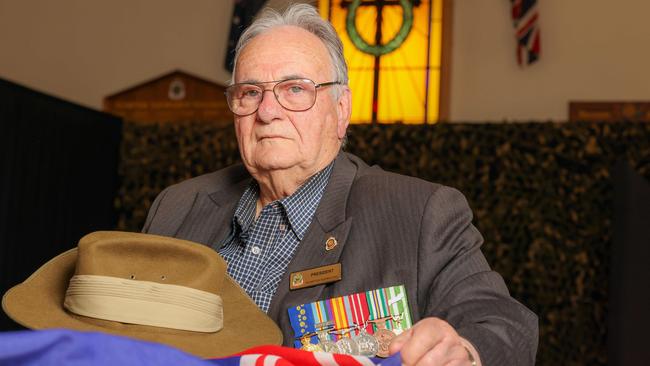
As the number of our living veterans diminishes it is vital that Anzac Day continues as a major public holiday and as a focal point for commemoration and unity for the nation. Since 1916, the RSL has led the nation in commemorating Anzac Day and in remembering the fallen. The Ode, the Last Post, the minute’s silence and the phrase “Lest we forget” are now some of our country’s most enduring traditions.
Australian freedoms were maintained at a tremendous price and no event symbolises this better than the dawn service.
If you have never had a chance to attend a dawn service, try to do so on Anzac Day this year or in the future. It is an unforgettable experience. In fact, many would encourage attendance at a dawn service as almost a rite of passage for young Australians and new citizens. Indeed, it is tremendous to see so many younger Australians now participating, honouring their family ancestors and those who served our nation.
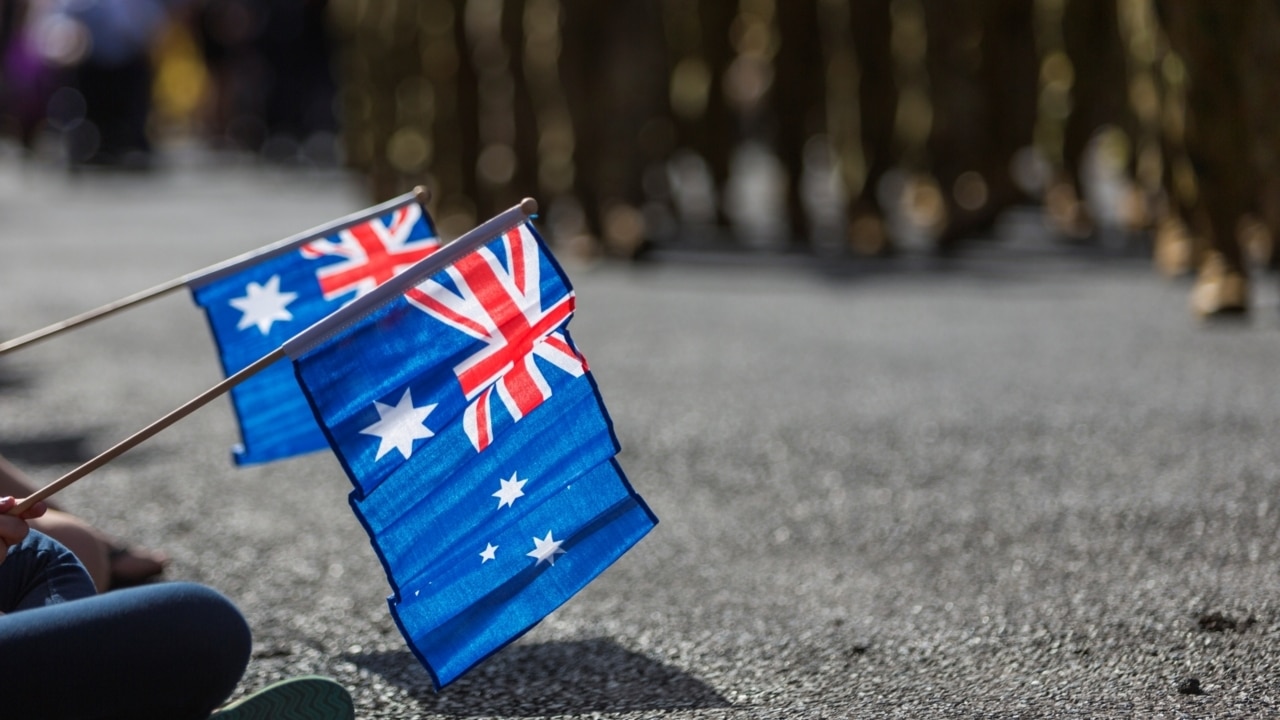
Nonetheless, there are limitations that preclude many from joining the commemorations at dawn. Attendance at dawn services can be difficult for the elderly and for young families. Also, a significant number of our frontline workers will always be unavailable, as their schedules require them to be on duty in our hospitals, police and fire stations, and operating our public transport and other essential services.
The commitment and service of our essential workers is another expression of the Anzac spirit, yet often it is their service that precludes them from dawn commemorations. Thousands of Australians have made the pilgrimage to Gallipoli, to Flanders, or to Kokoda. Other Australians try to attend dawn services when they can, and some attend year in, year out. But for some Australians, attending a dawn service can be logistically impossible and naturally there are many Australians who can’t make the dawn service but would still wish to commemorate Anzac Day.
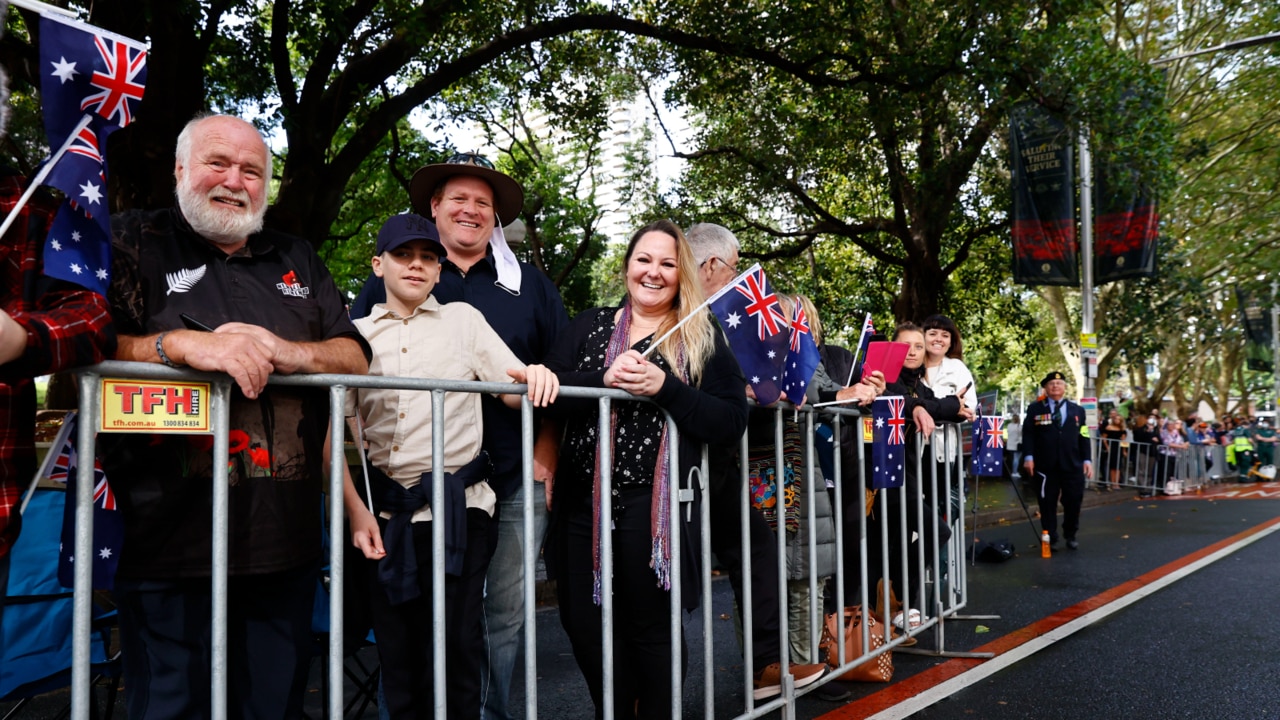
We must avoid Anzac Day becoming purely a morning commemoration, with the afternoon and evening devoted to non-Anzac activities. For Australians this is a matter of principle, as we say every Anzac Day in The Ode, “we will remember them” both at “the going down of the sun and in the morning”.
The now long-held traditions of the Anzac Day dawn service should be completely maintained but there is also an opportunity for Anzac Day to engage even more Australians if there is more development of major commemorations at the sunset.
Lest we forget.
General the Honourable Sir Peter Cosgrove served as the 26th governor-general. He is patron of the Australian Remembrance Foundation.


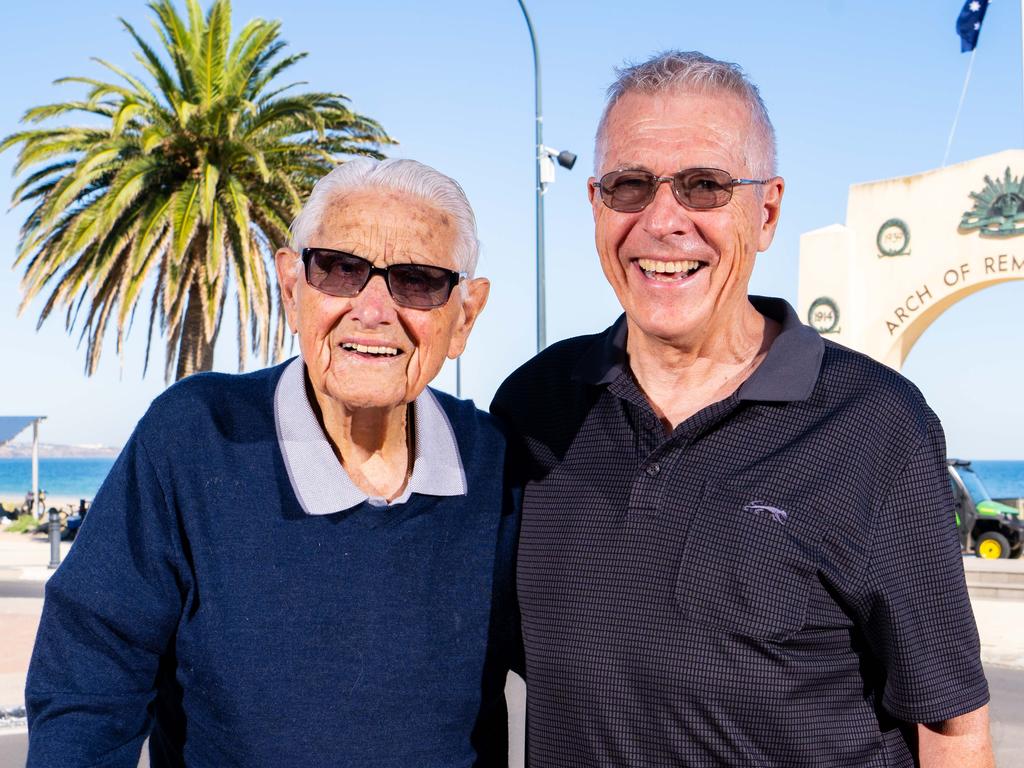

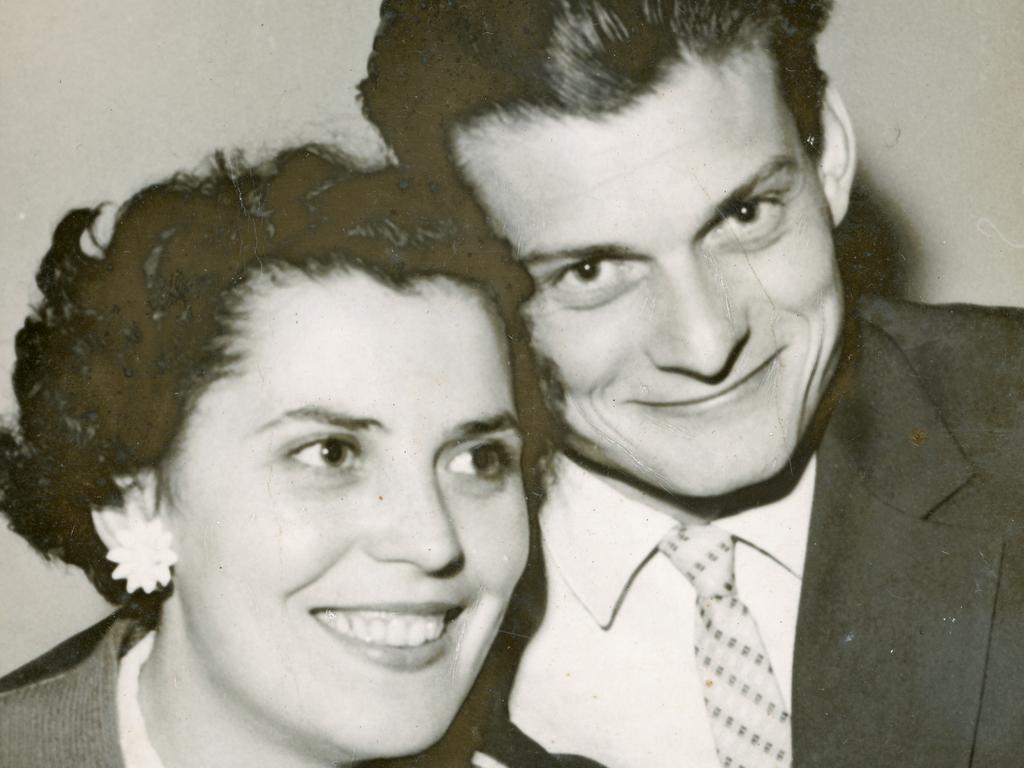


As the sun rises on Anzac Day across the nation, the hundreds of dawn services in almost every city, town and council constitute one of the most moving traditions in our culture.